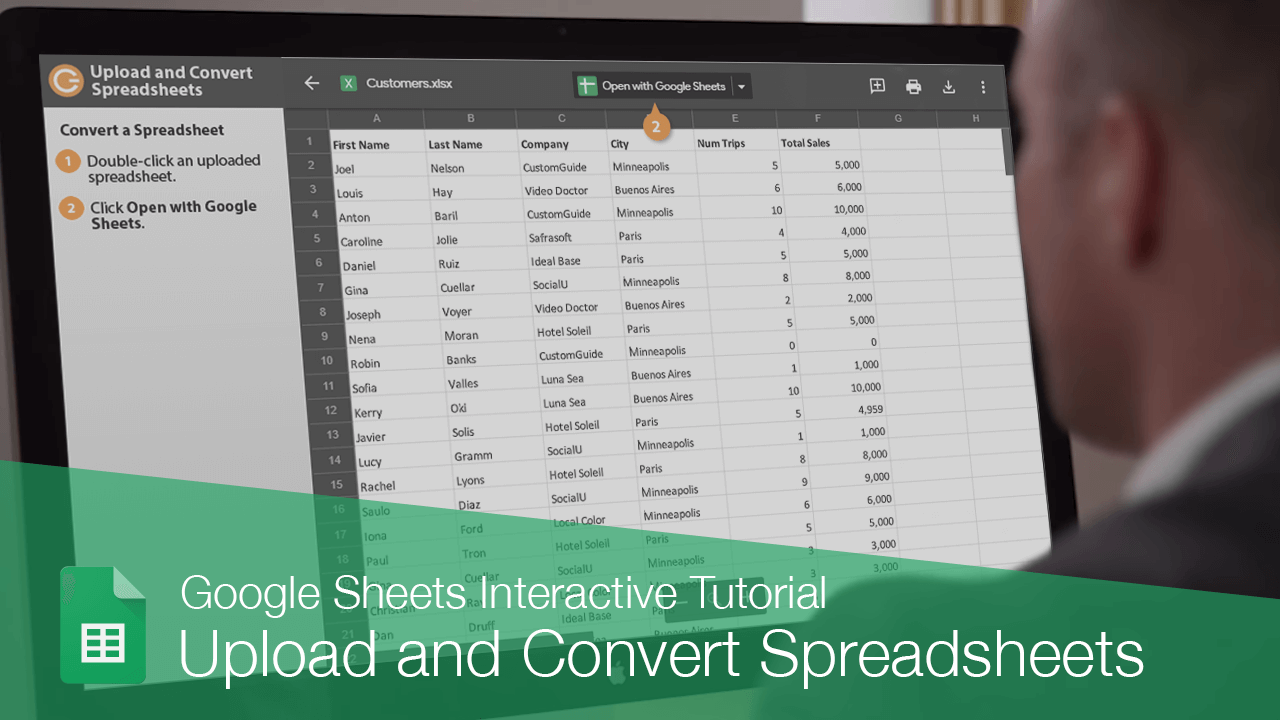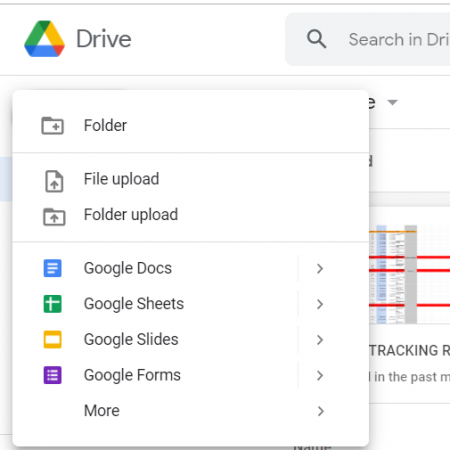Convert Excel to Google Sheets: Easy Guide

Switching from Microsoft Excel to Google Sheets can streamline your data management by leveraging cloud-based solutions. This guide will take you through the steps to convert your existing Excel spreadsheets into Google Sheets format, highlighting the benefits along the way. Here’s how to make the transition seamless and efficient.
Benefits of Google Sheets Over Excel

Before diving into the conversion process, let’s look at why you might want to switch:
- Accessibility: Google Sheets operates in the cloud, allowing you to access your data from anywhere with an internet connection.
- Real-time Collaboration: Multiple users can work on the same document simultaneously.
- Automatic Saving: Changes are saved automatically, reducing the risk of losing data.
- Integrated Ecosystem: Google Sheets integrates seamlessly with other Google services like Drive and Docs.
Step-by-Step Conversion Guide

1. Open Google Drive

Navigate to Google Drive and log into your Google account. Here, you’ll start the process to convert your Excel files:
- If you’re creating a new document, click the + New button in the left-hand corner and select Google Sheets.
- If you’re uploading an existing Excel file, click the same + New button, then File Upload, and select your Excel file from your local storage.
2. Uploading Your Excel File

Once your file is uploaded:
- You’ll see it appear in Google Drive. Right-click on the file or click the three vertical dots next to it.
- Choose Open with > Google Sheets. Google Drive will convert the Excel file into a Google Sheets document.
📌 Note: During the conversion, some formatting might not translate perfectly, so you might need to make minor adjustments after the process.
3. Review and Adjust the Converted File

After the conversion:
- Review the document to ensure all data and formulas have been transferred correctly.
- Check for any formatting issues, especially with charts, conditional formatting, or macros.
4. Collaborate and Share

Now that your document is in Google Sheets format:
- Share it with colleagues or collaborators directly from Google Sheets.
- Use the Share button to add email addresses and set permissions, allowing others to view, comment, or edit the sheet.
Notes for Large Files

When dealing with very large Excel files:
- Ensure your internet connection is stable as the conversion process could be time-consuming.
- Consider splitting the file into smaller parts if it’s too large, or upgrading to Google Workspace for larger storage capacity and better handling of big files.
Switching from Excel to Google Sheets can significantly improve your workflow with its cloud-based collaboration and integration features. Remember, while the transition is mostly straightforward, minor adjustments might be necessary due to differences in functionality between the two platforms. Embrace this change to unlock the collaborative potential of Google Sheets for your data management needs.
What happens to Excel formulas when converting to Google Sheets?

+
Most Excel formulas will convert seamlessly to Google Sheets, as both platforms use a similar set of formulas. However, some Excel functions might have different names or may not be supported in Google Sheets.
Can I revert back to Excel after converting?

+
Yes, you can download your Google Sheets as an Excel file by selecting File > Download > Microsoft Excel (.xlsx). Note that some Google Sheets features might not translate back perfectly.
Are there any limitations when sharing large Google Sheets files?

+
Google Sheets has size and sheet limitations. Very large files might cause performance issues or hit the maximum cell count limit. Consider optimizing or splitting your files if they’re too large.
How do I handle comments when converting Excel to Google Sheets?

+
Excel comments become Google Sheets notes during conversion. After conversion, you can easily convert these notes to comments for real-time collaboration.



